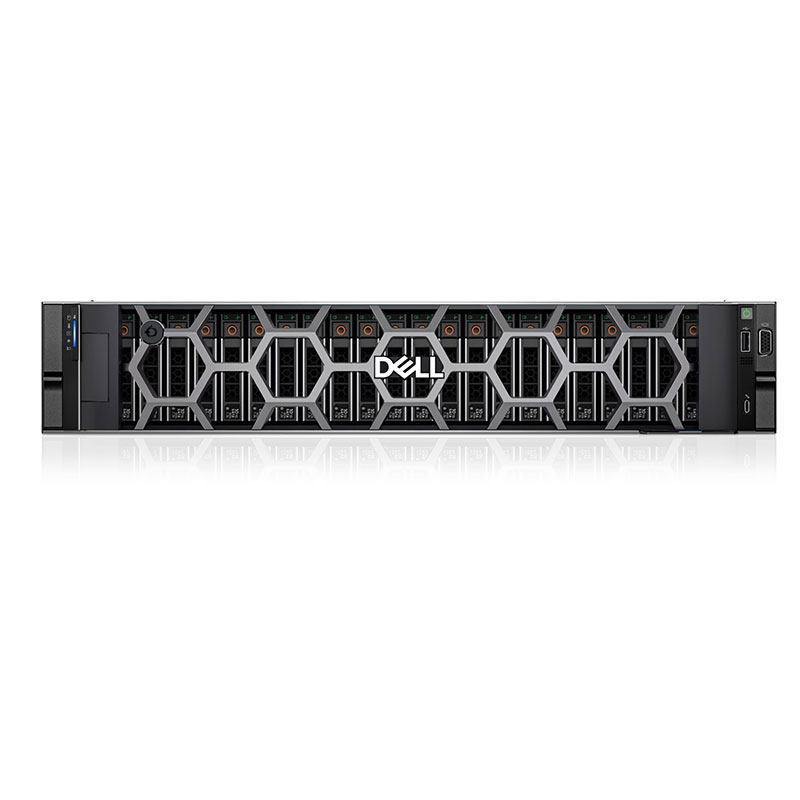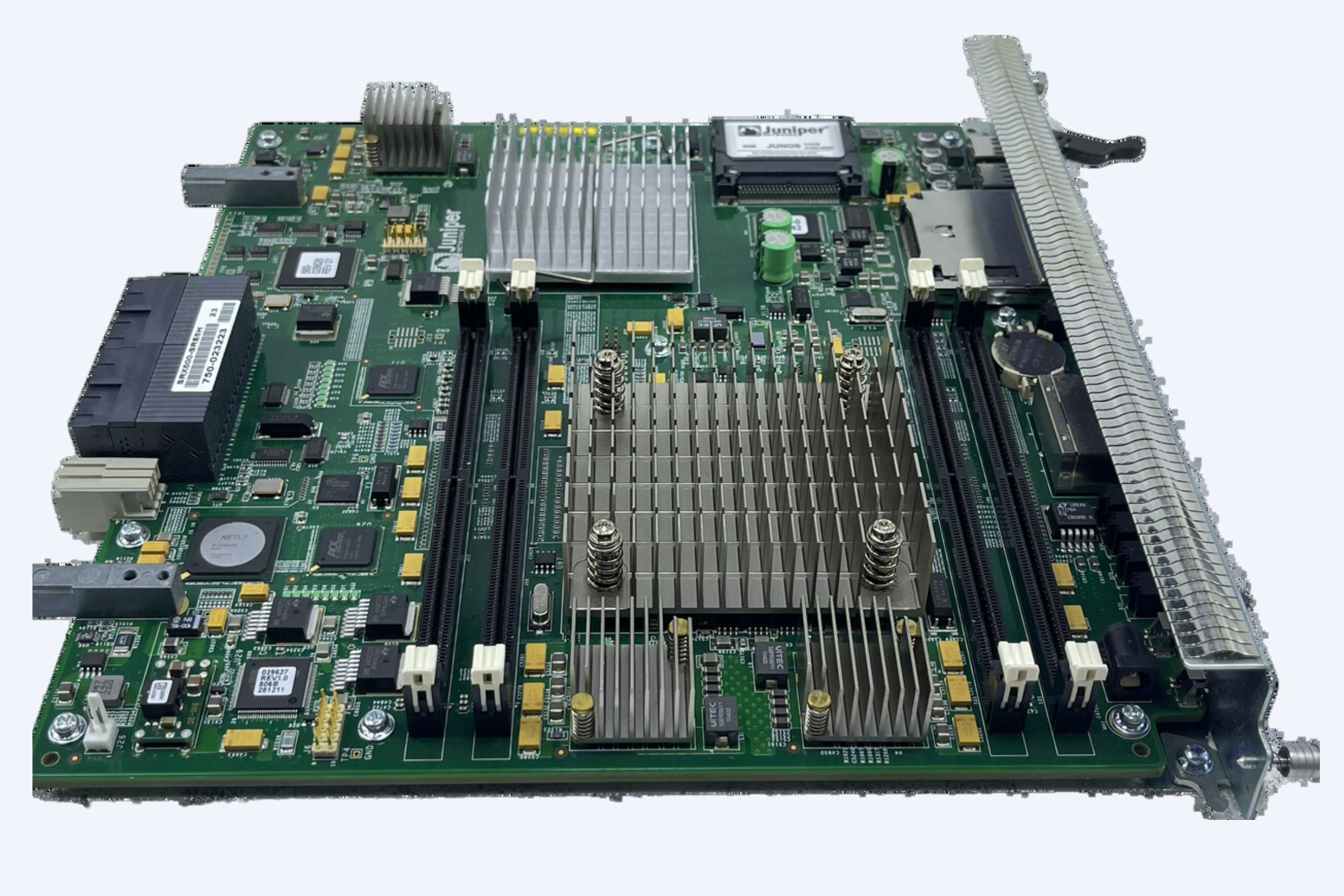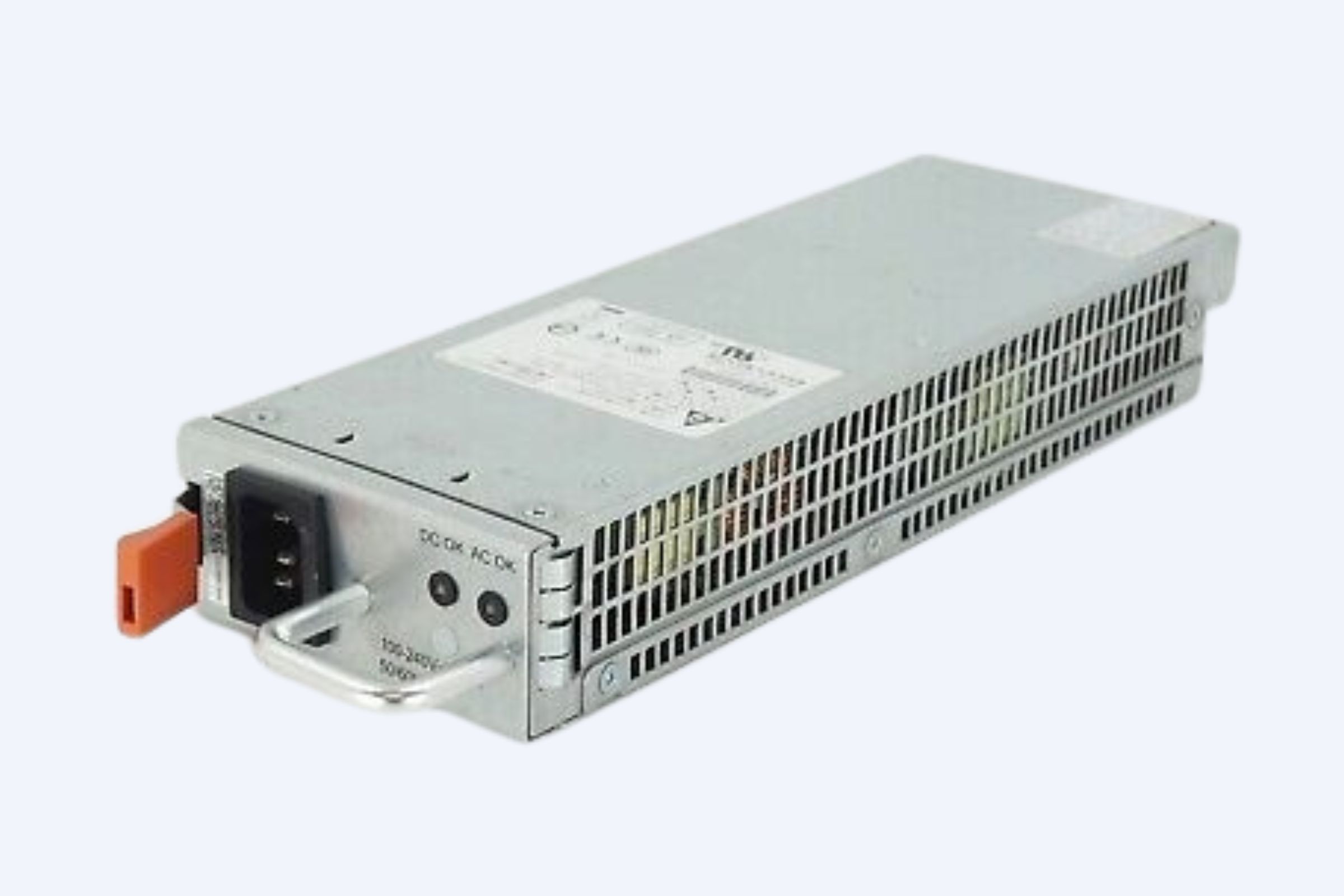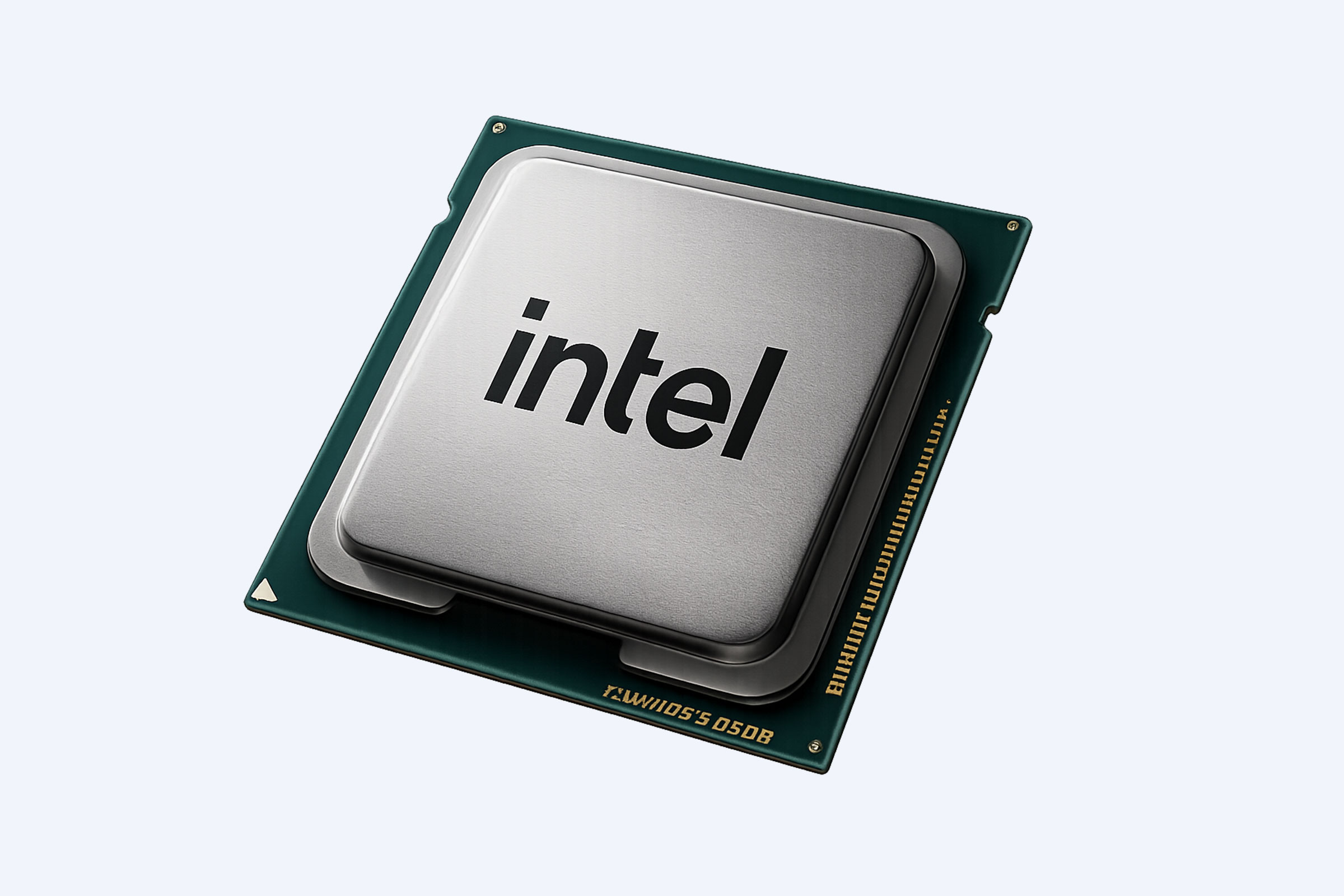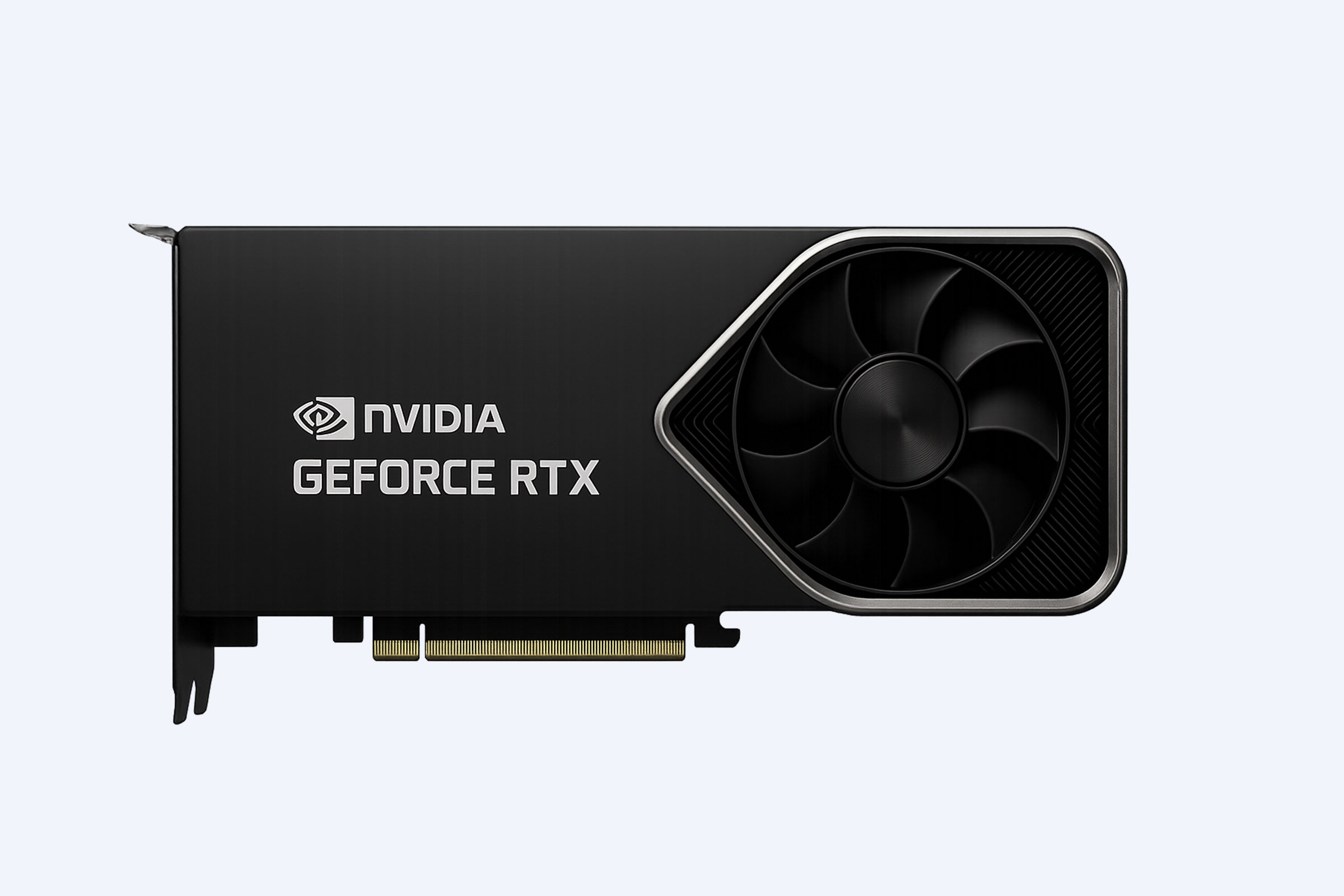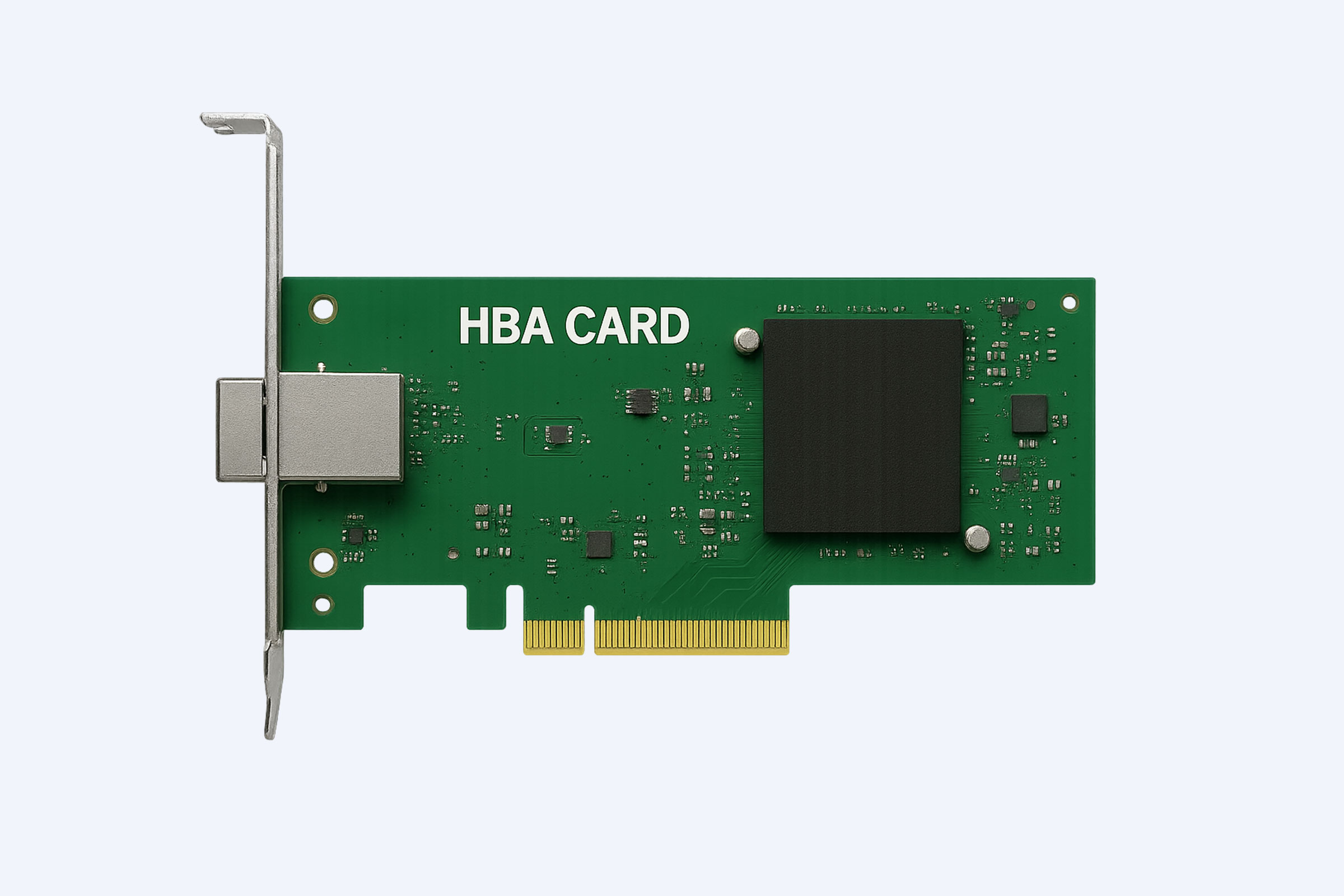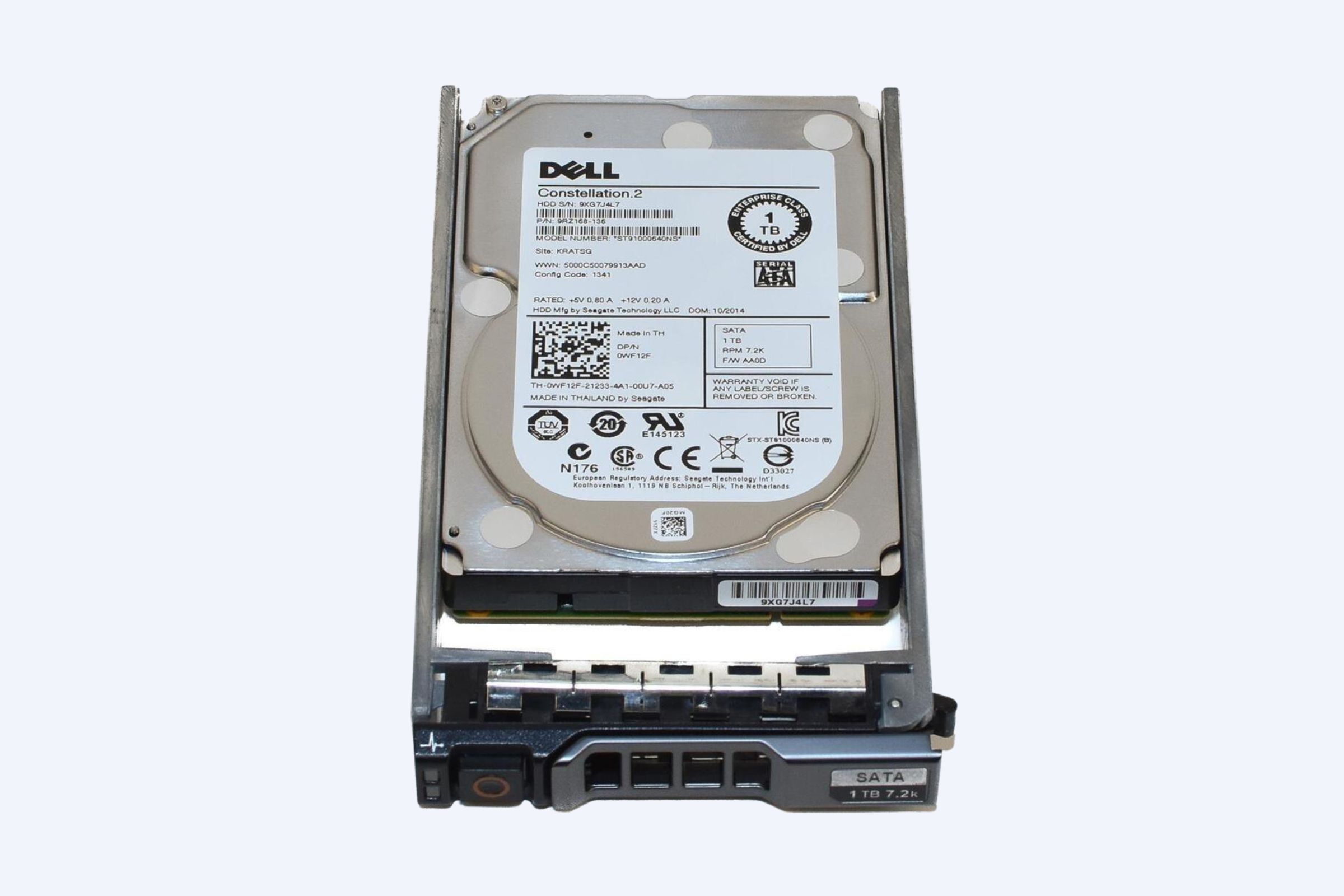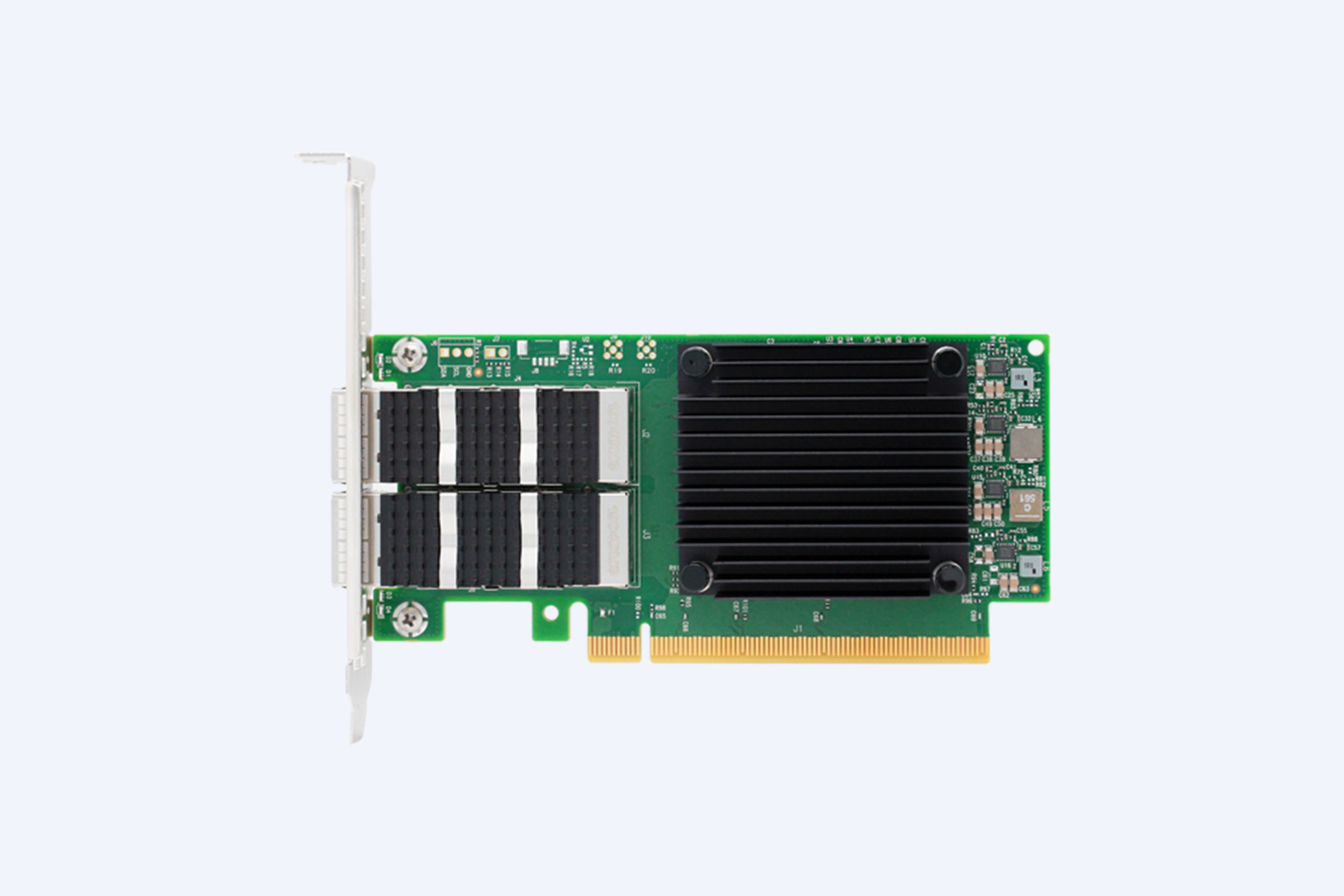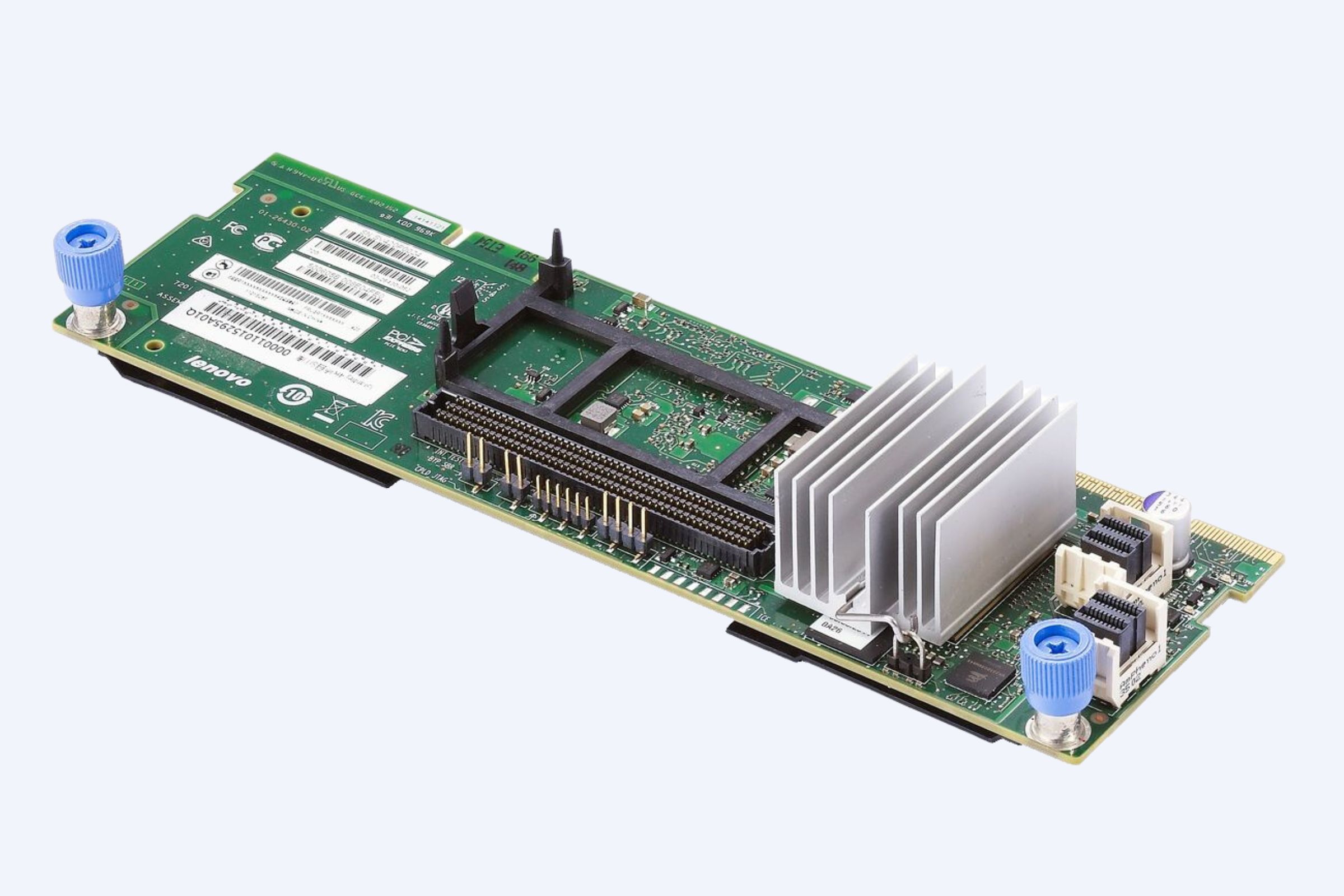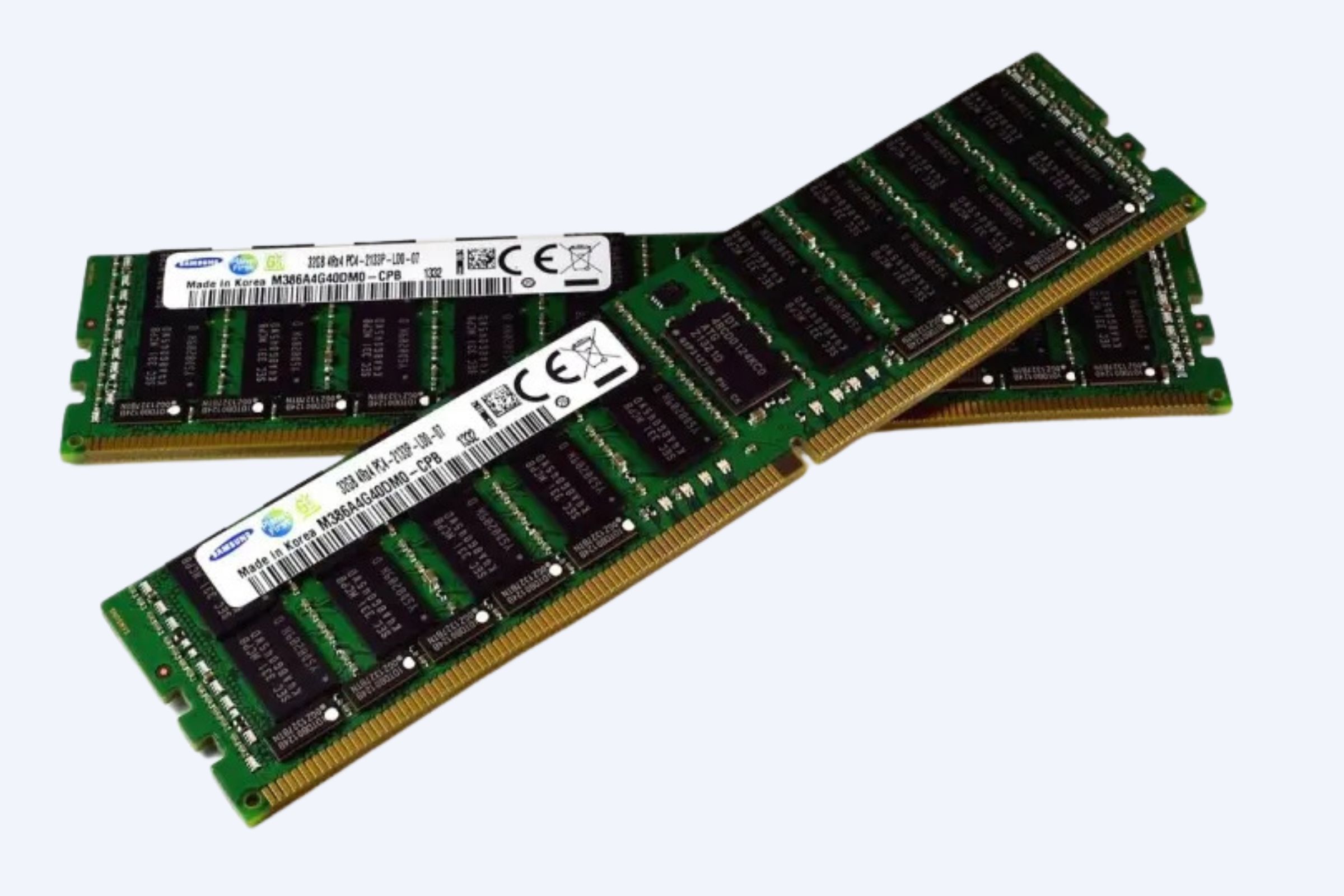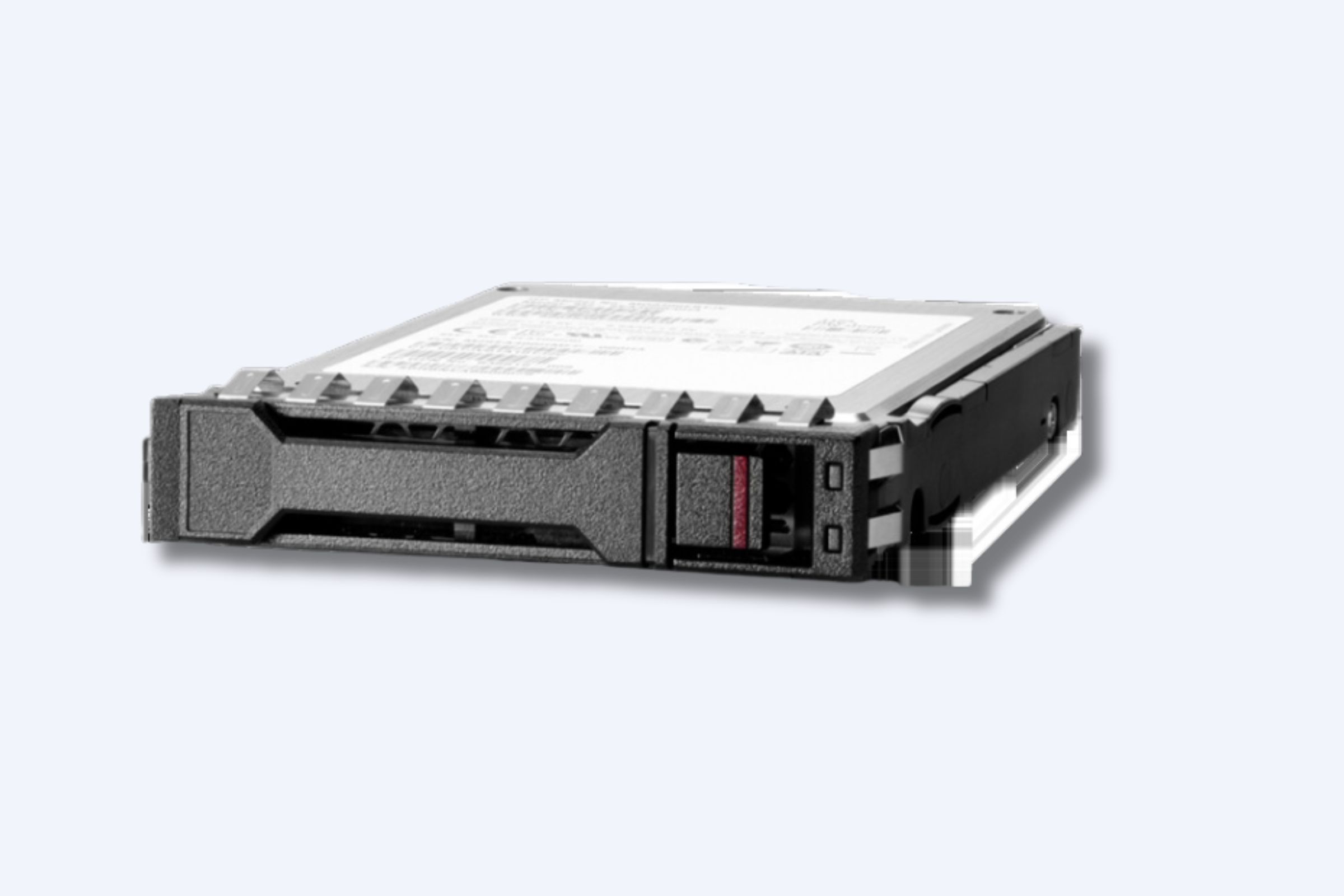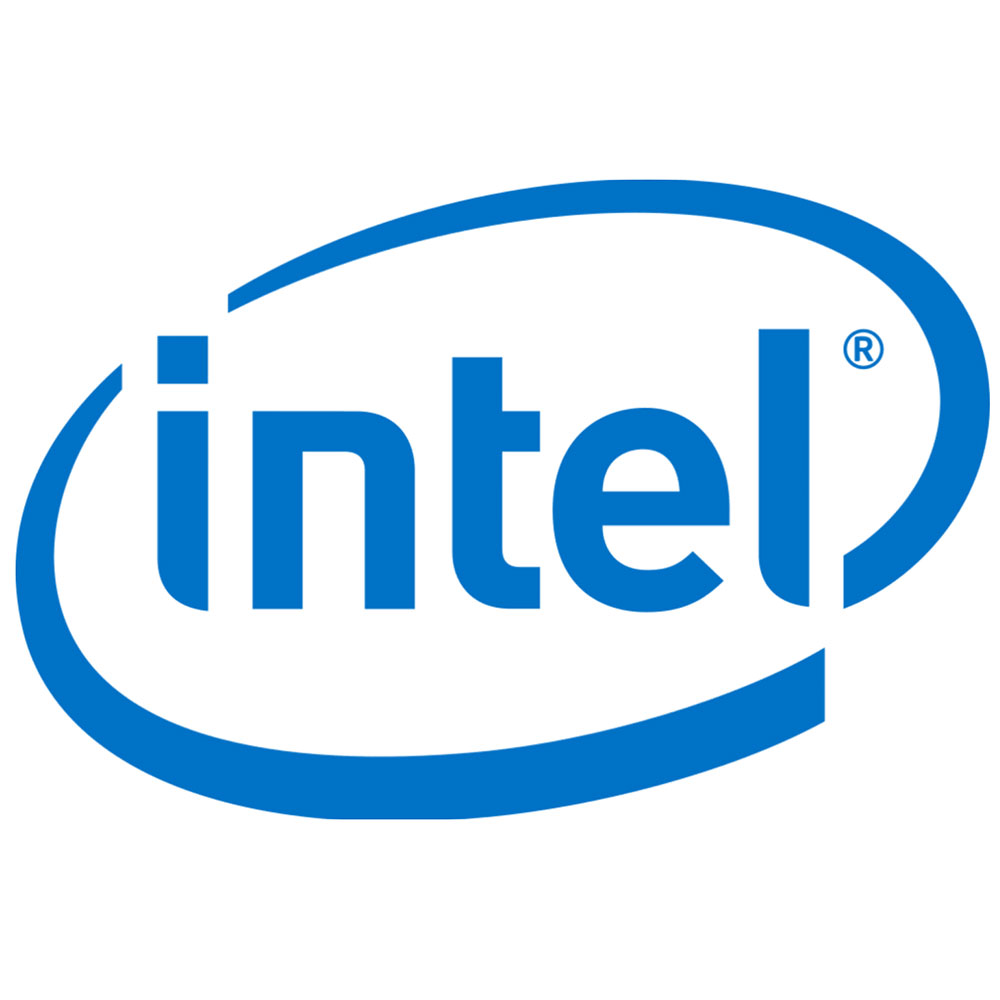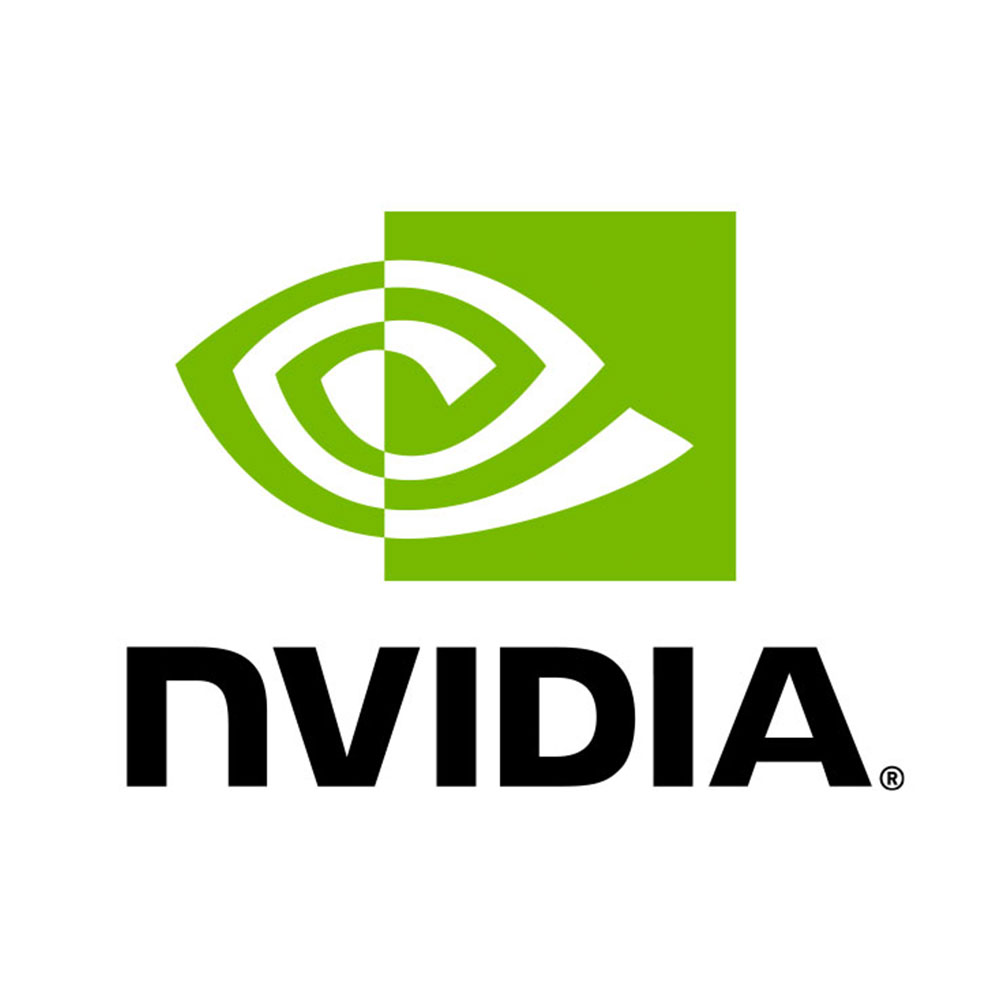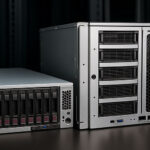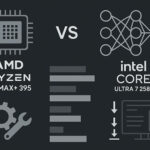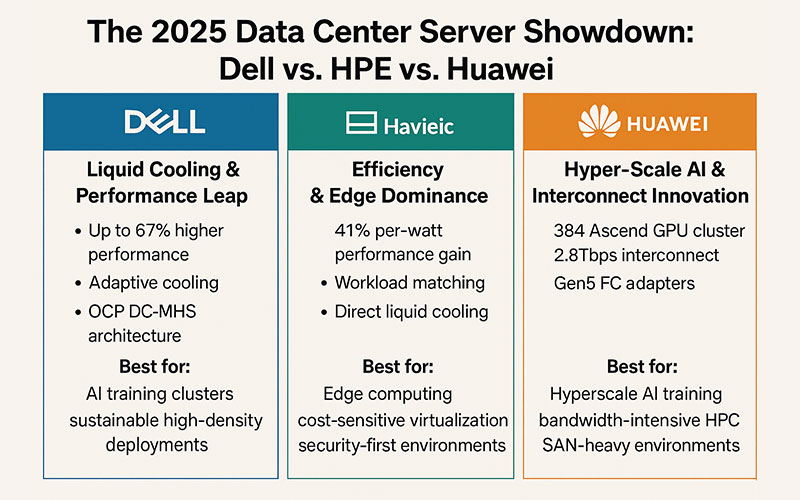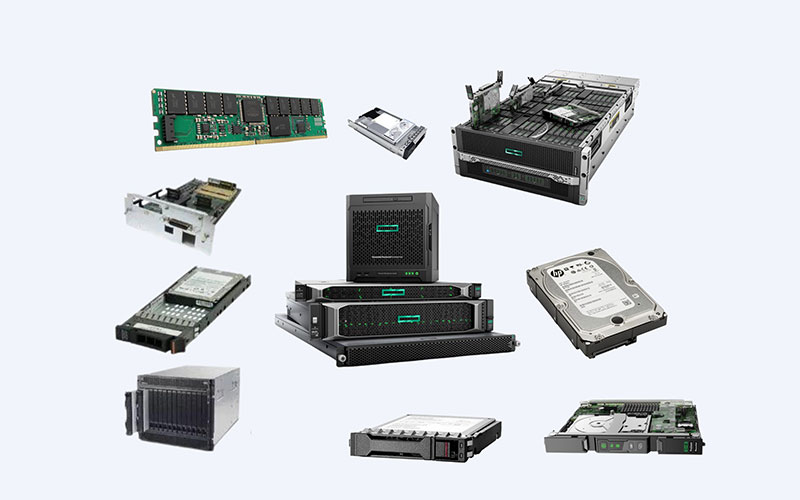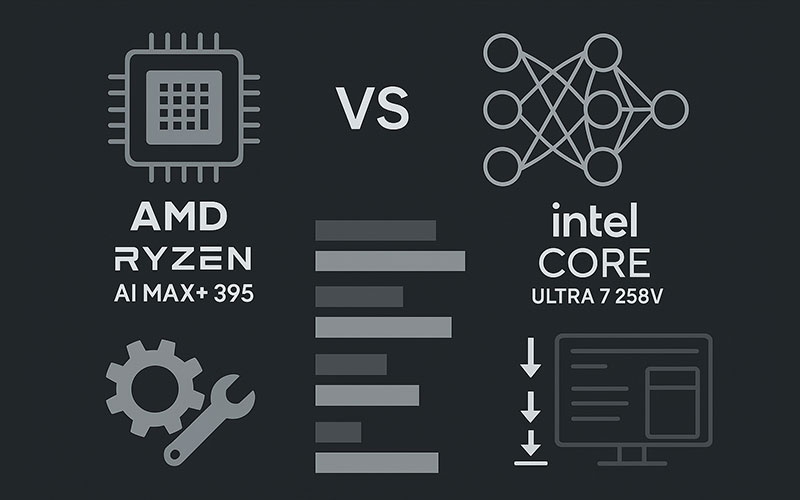The 2025 Data Center Server Showdown: Dell vs. HPE vs. Huawei
The relentless surge of AI, hybrid cloud, and real-time analytics has transformed server selection from an infrastructure decision to a strategic business imperative. As we navigate 2025, Dell, HPE, and Huawei each offer distinct paths for data center modernization—but aligning their strengths with your workloads is critical. Here’s how to decode their offerings.
⚙️ The Core Battle Lines: Technology & Architecture
Dell PowerEdge: Liquid Cooling & Performance Leap
Dell’s latest PowerEdge servers (e.g., R770) leverage Intel Xeon 6 P-core processors to deliver up to 67% higher performance while slashing energy costs by 50%6. Their real ace? Adaptive cooling:
- Smart Cooling 2.0: AI-driven airflow optimization + multi-phase liquid cooling (cold plate/immersion), enabling PUE as low as 1.02 for new builds210.
- OCP DC-MHS Architecture: Modular design simplifies scaling for AI factories, supporting racks up to 480kW with near-zero thermal waste10.
Best for: AI training clusters, sustainable high-density deployments.
HPE ProLiant Gen12: Efficiency & Edge Dominance
HPE’s Gen12 servers, armed with Intel Xeon 6, achieve a 41% per-watt performance gain—replacing 7x Gen10 servers with one Gen12 unit37. Key innovations:
- Workload Matching: Auto-optimizes BIOS for specific apps (e.g., boosted virtualization by 321% in benchmarks)5.
- Direct Liquid Cooling (DLC): Optional for edge sites where space/power constraints exist3.
- Silicon-to-Software Security: Hardware-rooted trust chips block firmware attacks, critical for distributed edge networks5.
Best for: Edge computing, cost-sensitive virtualization, security-first environments.
Huawei: Hyper-Scale AI & Interconnect Innovation
Huawei targets the AI infrastructure race with its CloudMatrix 384 “super node”—384 Ascend GPUs in a single cluster, delivering 300 PFlops (67% higher than NVIDIA’s NVL72)8. Noteworthy advantages:
- 2.8Tbps Interconnect: 6,812x 400G optical modules enable near-instant GPU communication, slashing LLM training interruptions8.
- Gen5 FC Adapters: Co-developed with QLogic, they triple I/O throughput vs. 8Gb Fibre Channel, ideal for real-time analytics4.
Best for: Hyperscale AI training, bandwidth-intensive HPC, SAN-heavy environments.
⚖️ Comparative Analysis: Breaking Down the Tradeoffs
able: Key Metrics for Strategic Server Selection (2025)
| Criteria | Dell PowerEdge | HPE ProLiant Gen12 | Huawei |
|---|---|---|---|
| Peak Compute Density | 24K-27K cores/rack (M7725) | ~40% fewer cores vs. Dell | 384 GPUs/super-node |
| Energy Efficiency | 50% lower TCO6 | 65% power saving3 | Higher watt/FLOP8 |
| Cooling Tech | Immersion-ready (PUE 1.02) | Air/DLC hybrid | Traditional air/liquid |
| Security | iDRAC 10 + Zero Trust | 360° firmware armor5 | Multi-port isolation |
| Ideal Workload | AI factories, green DCs | Edge, mid-market cloud | LLM training, massive data |
🎯 Matching Servers to Your Industry: Use Cases
- Financial Services: Huawei’s low-latency FC adapters accelerate risk modeling, while HPE’s security protects transaction systems45.
- Healthcare & Research: Dell’s liquid-cooled racks handle genomics simulations (e.g., TACC’s supercomputer)2, HPE’s DLC fits compact lab edges.
- Manufacturing/Edge AI: HPE Gen12’s compact form + workload automation suits factory-floor inference; Huawei’s CloudMatrix trains plant-wide models8.
- Public Cloud Providers: Dell’s OCP racks enable scalable AIaaS; Huawei’s super-nodes maximize GPU utilization for rentable inferencing10.
🔮 Future-Proofing Your Investment: 3 Strategic Shifts
- Liquid Cooling Mandatory: With CPU/GPU TDPs exceeding 1.4kW, Dell’s phased immersion and HPE’s DLC are essential for >40kW racks210.
- Disaggregated Composable Infrastructure: Dell’s IR7000 and Huawei’s CloudMatrix allow CPU/GPU/storage scaling—avoid monolithic lock-in810.
- AI-Optimized Silicon: Prioritize servers with NPUs (e.g., Xeon 6) for 2-4× inferencing gains over generic CPUs37.
💎 The Bottom Line: Your Decision Framework
- Choose Dell if: Sustainability, AI density, and liquid-cooled futures dominate your roadmap.
- Choose HPE if: Edge consolidation, workload flexibility, and unbreakable security are non-negotiable.
- Choose Huawei if: Building China/APAC-focused LLMs or needing petabyte-scale storage throughput.
Final Tip: Test iteratively! Pilot Dell’s PowerEdge for AI training, HPE Gen12 for branch sites, and Huawei for SAN-heavy apps. Hybrid infrastructure is now the norm—not the exception.
Data centers in 2025 demand servers that fuse raw power with architectural agility. Dell leads in sustainable high-performance, HPE in adaptive edge efficiency, and Huawei in brute-force AI scale. Your workload DNA decides the winner.



